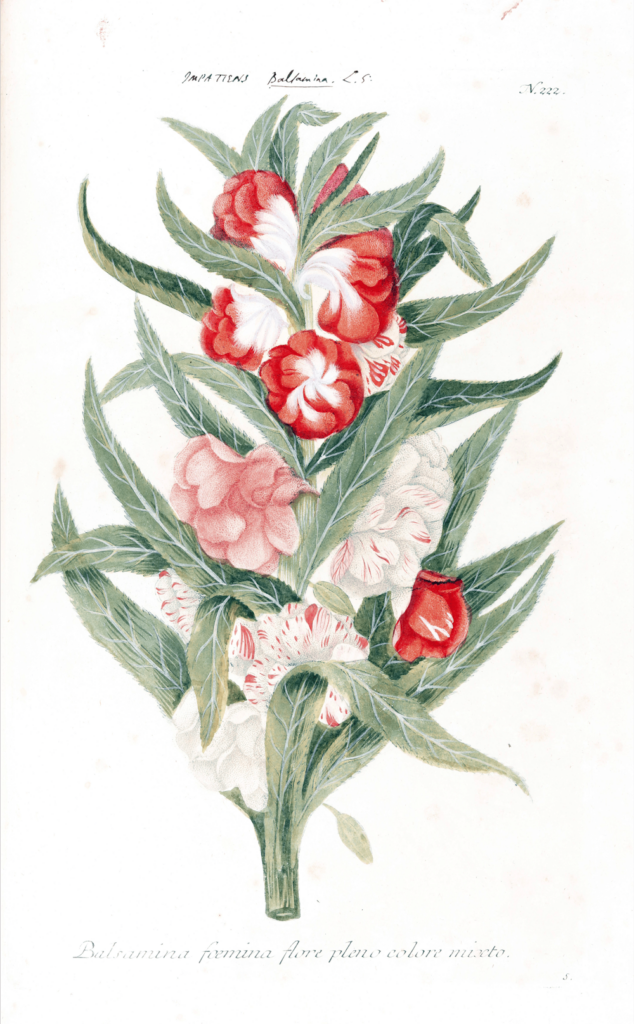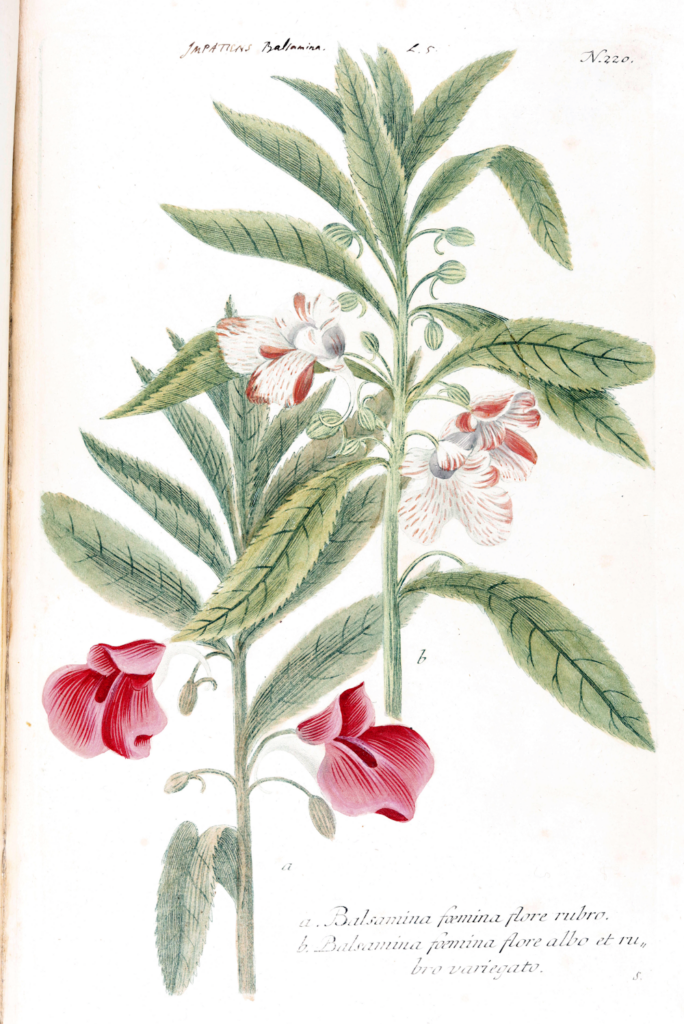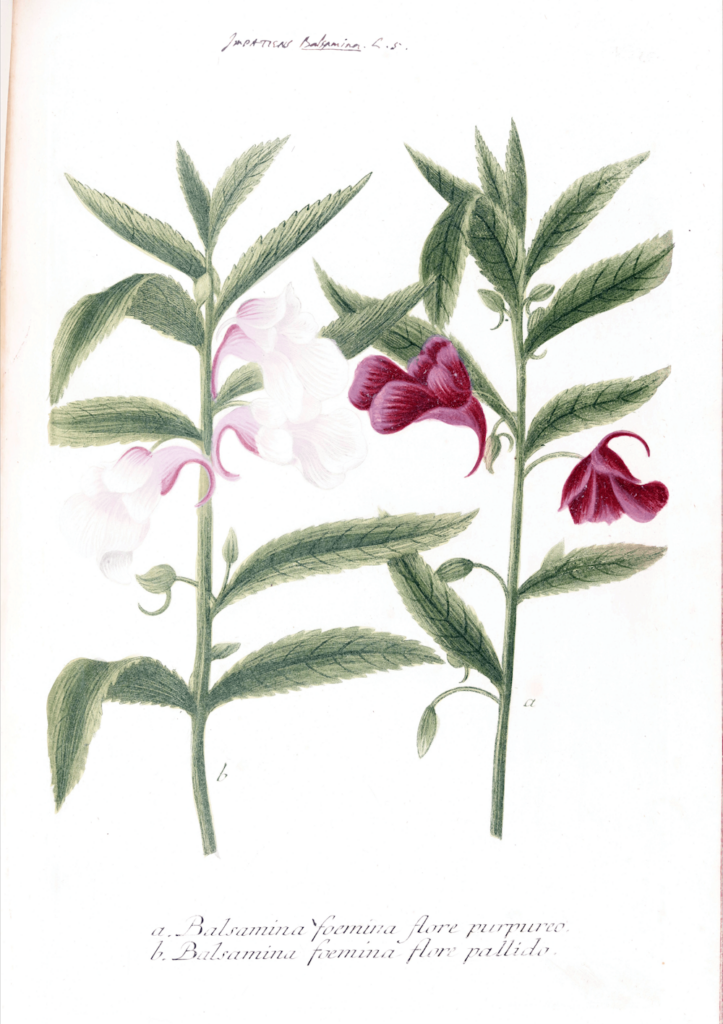What does multiple awards-winning video game Baldur’s Gate 3 have in common with Becker Medical Library’s rare books collections?
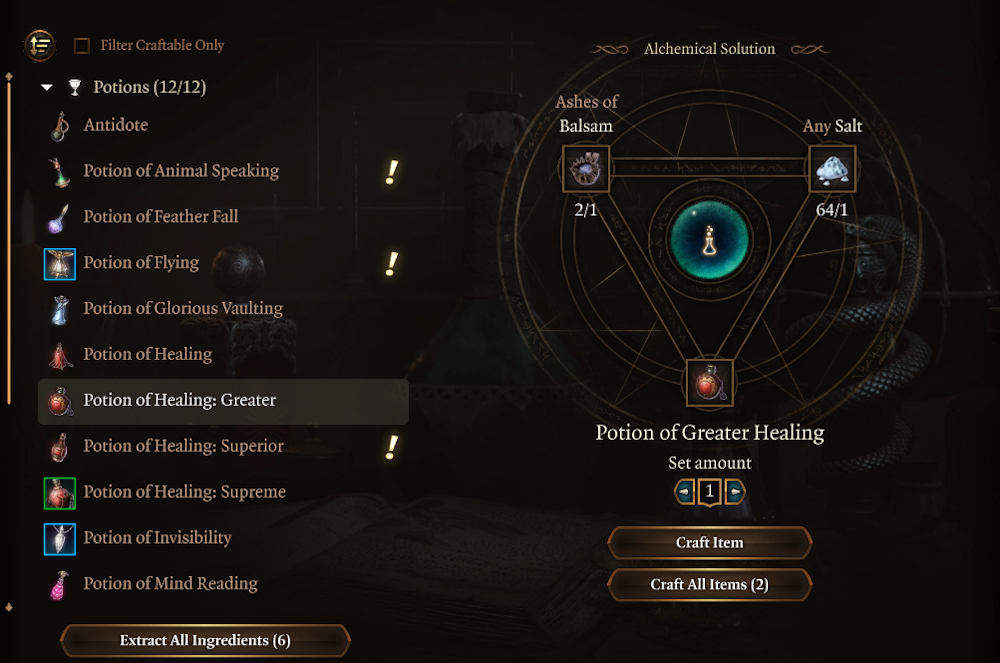
In Baldur’s Gate, players can collect plants and monster parts, which are then refined and used in potions that give special effects in the game. This mechanic mirrors the real-life practice of gathering plants and animal parts for various medical remedies. The alchemy components are therefore materia medica – substances and materials used in medicine and drugs.
But does the in-game use of these materials match their supposed use in real life? Is there a kernel of truth in their implementation, or is it all just fantasy? We’ve dug into our rare books to see whether the use of these alchemy components hold up to the historical record.
Balsam
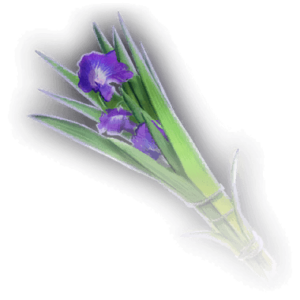
Used in: Potion of Greater Healing [Restores 4d4 + 4 hit points]
According to The American Practice of Medicine, the flowers known as balsams (such as sweet balsam or white balsam) are found in dry pastures and overgrown fields. They smell nice but are slightly bitter to taste; balsams are used in warm drinks for treating sore throats, fevers, colds, and the flu.
Different types of balsam flowers, as depicted in Weinmann’s Phytanthoza iconographia (1737-1745)
However, to account for its use in a Potion of Greater Healing (which cures moderate wounds), it is likely that Larian Studios conflated these flowers with a different kind of balsam – a type of oily resin that was historically hailed as a medical panacea. These balsams, according to The American Practice of Medicine, are “resinous juices, with an intermixture generally of essential oil, and containing always a portion of Benzoic acid.” They were thick in consistency, became solid over time, and were often “odorous and pungent” due to the essential oils.
These resinous balsams were often mentioned in herbals, especially with regards on how to harvest them from different plants. Because balsams could be harvested from various plant species, they were regarded as different types of balsams with their own unique properties.

Pierre Pomet’s A Compleat History of Druggs
The most famous was the Balm of Gilead, also known as Syrian Balsam. In The Compleat History of Druggs (1748), PierrePommet referred to it as “a volatile, subtil, and detersive Salt” that could purify “the Viscosities, Impurities and other Diseases of the Lungs, Ureters, &c.” The substance was derived from a plant that supposedly grew only in the Vallery of Jericho (hence the name “Balm of Gilead”), which itself “resists Poison” and “drives away any Contagion.” However, it was the white balsam resin (which Pommet also calls the Balsamum de Mecha) that was “the most essential Part of the Tree” due to its property as “the most valuable Medicine to fortifie the Heart and Brain” as well as “deturge and consolidate Wounds, strengthen the Nerves, and to heal Ulcers of the Lungs, Consumption, Catarrhs and Phthisicks, so that there is scarce a better Thing in the World.”
Interestingly, while the refined balsam is an ash in the game (as a plant by-product), one must mix it with salts to create a Potion of Greater Healing. As seen in Pommet, resinous balsams sometimes came in the form of a salt-like substance. With such a curative reputation, it’s easy to understand why Larian would implement balsam as a major component for a healing potion.
Unicorn horn

Used in: Potion of Angelic Reprieve [Receive the effects of a short rest; all 1st and 2nd level spell slots are restored]
Unicorn horns have long been believed to have a purifying effect. Pommet recounts how such material was worth its weight in gold due to the “mighty Virtues attributed to it by the Ancients, especially against Poisons.” Besides the ability to nullify poisons, the horn was also believed to “cure the Plague with all Sorts of malignant Fevers, the Biting of Serpents, mad Dogs, &c.” Some people used the horn in cordials, whereas others would mix it with saffron and cochineal to make a jelly.
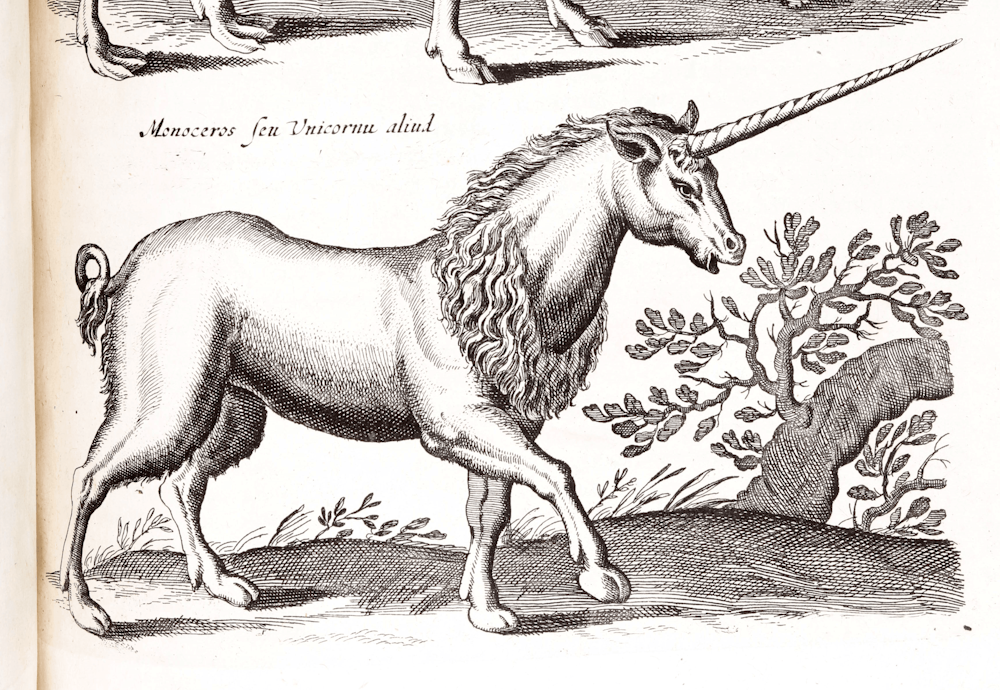
The famous barber-surgeon Ambroise Paré even wrote a whole work about the use of unicorn horns in medicine, the “Discourse on the Unicorn” (1582). He questioned the existence of the mythical creature, and therefore the medical use of the items marketed as unicorn horns.
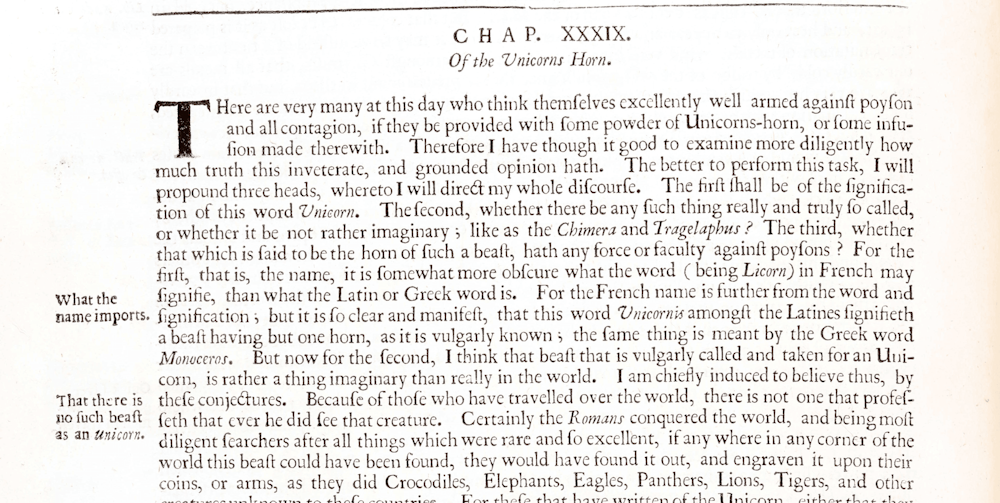
Indeed, by Pommet’s time in the 18th century, it was known and accepted that “unicorns” historically referred to a number of creatures, including rhinos and giraffes, and that what was commonly sold as “unicorn horns” were actually the tusks of narwhals.

From a materia medica perspective, the unicorn horn would have been better suited as a component for an antidote or a potion that could cure status conditions, to play on its purifying reputation. Yet one could argue that restoration and purification have similar connotations in the game, allowing you to refresh your health and resources. The mystical nature of the unicorn would thus also lend credence to any restoration of magical abilities.
Belladonna
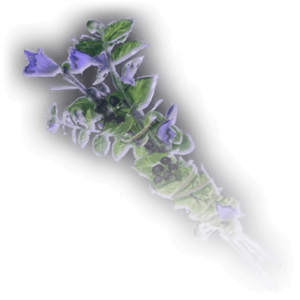
Used in: Elixir of Peerless Focus [Helps maintain Concentration and prevents being Charmed or put to Sleep]
Although there are a few different variety of nightshade plants, belladonna specifically refers to the Deadly Nightshade. The American Practice of Medicine describes it as a “narcotic, acrid poison” that causes rapid death. In very small doses, nightshade induces stomach irritation, vertigo, and irregularity of the pulse, as well as dilation of the pupil.
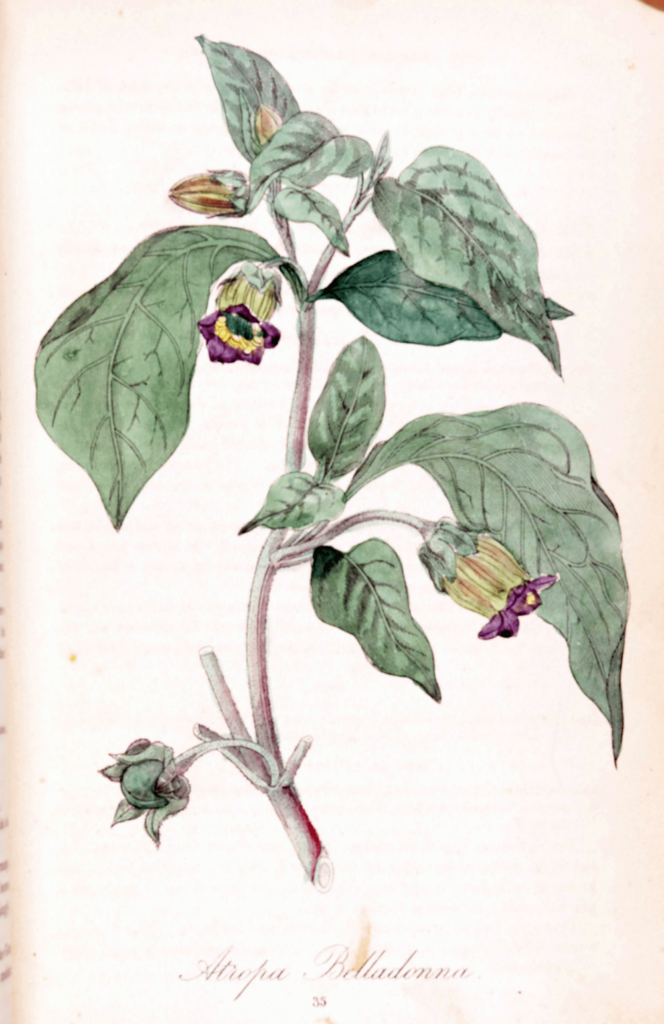
Image source: The American Practice of Medicine (1852).
Deadly Nightshade’s effect on the pupil is well known and documented. The name belladonna refers to the plants use as a cosmetic enhancement during the Renaissance, when women would use the plant in eyedrops to dilate the pupils for a more seductive look.

Beyond just cosmetic purposes, belladonna was also used to treat eye issues. American Practice recounts a case where “a lady in England, blind from cataract, was partially restored to sight by applying a drop of the tincture to each eye daily.” John Cunninham Saunders goes into even more depth on the medical use of belladonna in treating eye conditions in A Treatise on Some Practical Points Relating to the Diseases of the Eye (1811), with a whole chapter titled “On the inflammation of the iris, and the influence of the extract of belladonna to prevent the consequent obliteration of the pupil.” By using belladonna’s pupil-dilating properties, a doctor can ensure that the eye “will thus overcome the restraint arising from the agglutination of the lymph” that arises when the iris is inflamed. Saunders recounts numerous case studies were the patients had inflammation of the eye and were blind or near-blind at admission, but with the use of belladonna drops had their eyesight restored.
This eye-restoring capability doesn’t quite correlate to the in-game effects from potions distilled from belladonna. Nor are the additional buffs against the charm and sleep conditions appropriate, as belladonna was used to create a more alluring appearance, and doses of the substance could lead to drowsiness.
Yet one can arguably draw connections between the concepts of sight, focus, and concentration. With these three concepts, the key factor is “seeing clearly” and “seeing more,” which would be facilitated by the dilation of the pupils. All three of these game mechanics – concentration, the charmed condition, and sleep condition – are represented in the game by icons depicting eyes.
Baldur’s Gate 3 status condition icons for concentration, charmed, and sleeping
Nonetheless, the use of belladonna in Baldur’s Gate 3 would have been more suited as a component for an Elixir of Darkvision (allowing one to see in the dark), Elixir of See Invisibility, or Elixir of Vigilance (grants a bonus to initiative and can’t be surprised) – potions that have more to do with sight and seeing.
Books referenced from Becker’s rare books collections
Gataker, Thomas. Essays on medical subjects. London : Printed for R. and J. Dodsley, 1764.
Pomet, Pierre. A Compleat history of drugs. London : Brummell Press, 1970, 1712.
Interested in looking at these books in-person? Contact us at arb@wustl.edu to schedule an appointment.
Archives and Rare Books is open Monday through Friday, 9 AM – 5 PM and is located on the seventh floor of Becker Medical Library.

